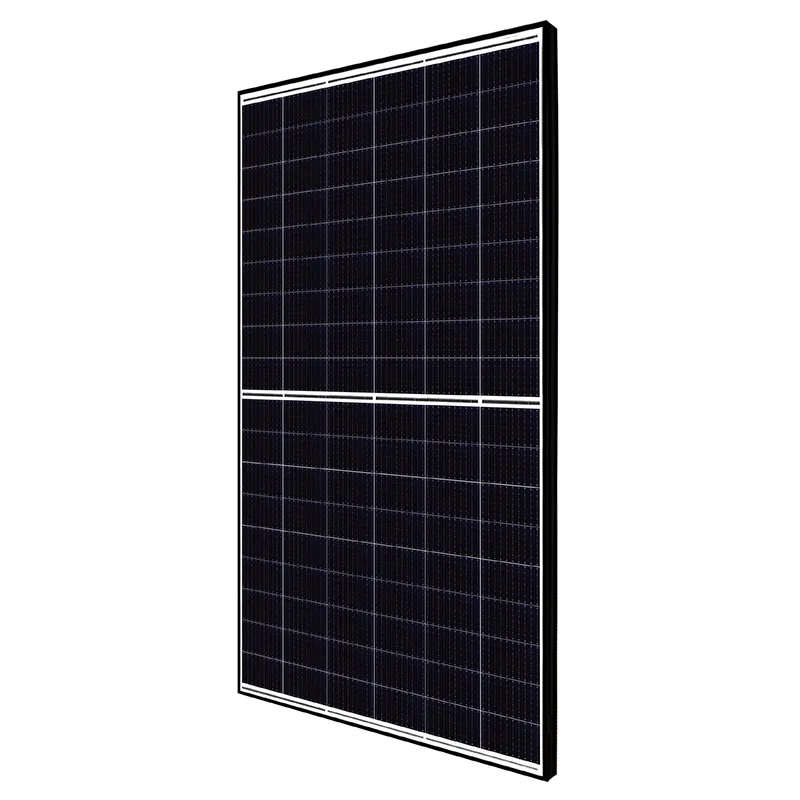Average Solar Panel Performance and Efficiency Metrics for Optimal Energy Production
Average Efficiency of Solar Panels An Overview
Solar energy has emerged as one of the most promising sources of renewable energy in recent years. As global concerns about climate change and fossil fuel depletion escalate, the focus on solar power is increasingly vital. The efficiency of solar panels plays a crucial role in determining their overall effectiveness and economic feasibility. In this article, we will explore what solar panel efficiency means, the average efficiency rates of different types of solar panels, and factors that influence these efficiencies.
Understanding Solar Panel Efficiency
Solar panel efficiency refers to the percentage of sunlight that can be converted into usable electricity. A higher efficiency rating indicates that more solar energy is captured and converted, which is particularly important for maximizing energy production in limited space. For instance, if a solar panel is rated at 20% efficiency, it means that 20% of the sunlight hitting the panel is converted into electrical energy, while the remaining 80% is reflected or lost as heat.
Types of Solar Panels and Their Efficiencies
1. Monocrystalline Solar Panels These panels are made from a single crystal structure and are known for their high efficiency. Currently, they offer efficiencies ranging from 15% to 22%, with some advanced models reaching up to 24%. Their sleek black appearance and higher power output make them a popular choice for residential installations.
average efficiency of solar panels

2. Polycrystalline Solar Panels Made from multiple crystal structures, polycrystalline panels are generally less efficient than their monocrystalline counterparts. They typically have efficiencies between 13% and 16%. While they may require more space for the same output, they are often less expensive, making them a viable option for many consumers.
3. Thin-Film Solar Panels This category includes several types of technology, such as cadmium telluride (CdTe) and amorphous silicon (a-Si). Thin-film panels usually have lower efficiency rates, ranging from 10% to 12%. However, their lightweight design and flexibility can make them suitable for certain applications where traditional panels might not be feasible.
Factors Influencing Efficiency
Several factors can impact the efficiency of solar panels. One significant element is temperature; solar panels generally perform better in cooler temperatures. Dirty or shaded panels can also diminish efficiency, so regular maintenance is crucial. Additionally, the angle and orientation of the solar panels toward the sun, known as the tilt angle, can greatly affect how much sunlight the panels capture throughout the day.
Conclusion
As technology advances, the average efficiency of solar panels continues to improve, making solar energy a more viable option for electricity generation. With the global push towards renewable energy sources, understanding the efficiency of solar panels becomes paramount. By considering the type of panel, its efficiency, and the associated factors, consumers and businesses alike can make informed decisions that contribute to a more sustainable future. Investing in solar technology not only helps reduce carbon footprints but also promotes energy independence, ultimately leading to a cleaner planet for future generations.
-
Navigating Off Grid Solar Inverter: From Use Cases to Trusted PartnersNewsAug.05,2025
-
Solar Edge String Inverter: A Wholesaler’s Guide to Inverter Technology SelectionNewsAug.05,2025
-
Microinverters: Revolutionizing Solar Energy UseNewsAug.05,2025
-
Future of Monocrystalline Solar Panel Efficiency: Latest Technological AdvancesNewsAug.05,2025
-
Solar Panels for House: A Complete Guide to Residential Solar EnergyNewsAug.05,2025
-
Panel Bifacial Performance in Snow and Low-Light ConditionsNewsAug.05,2025







